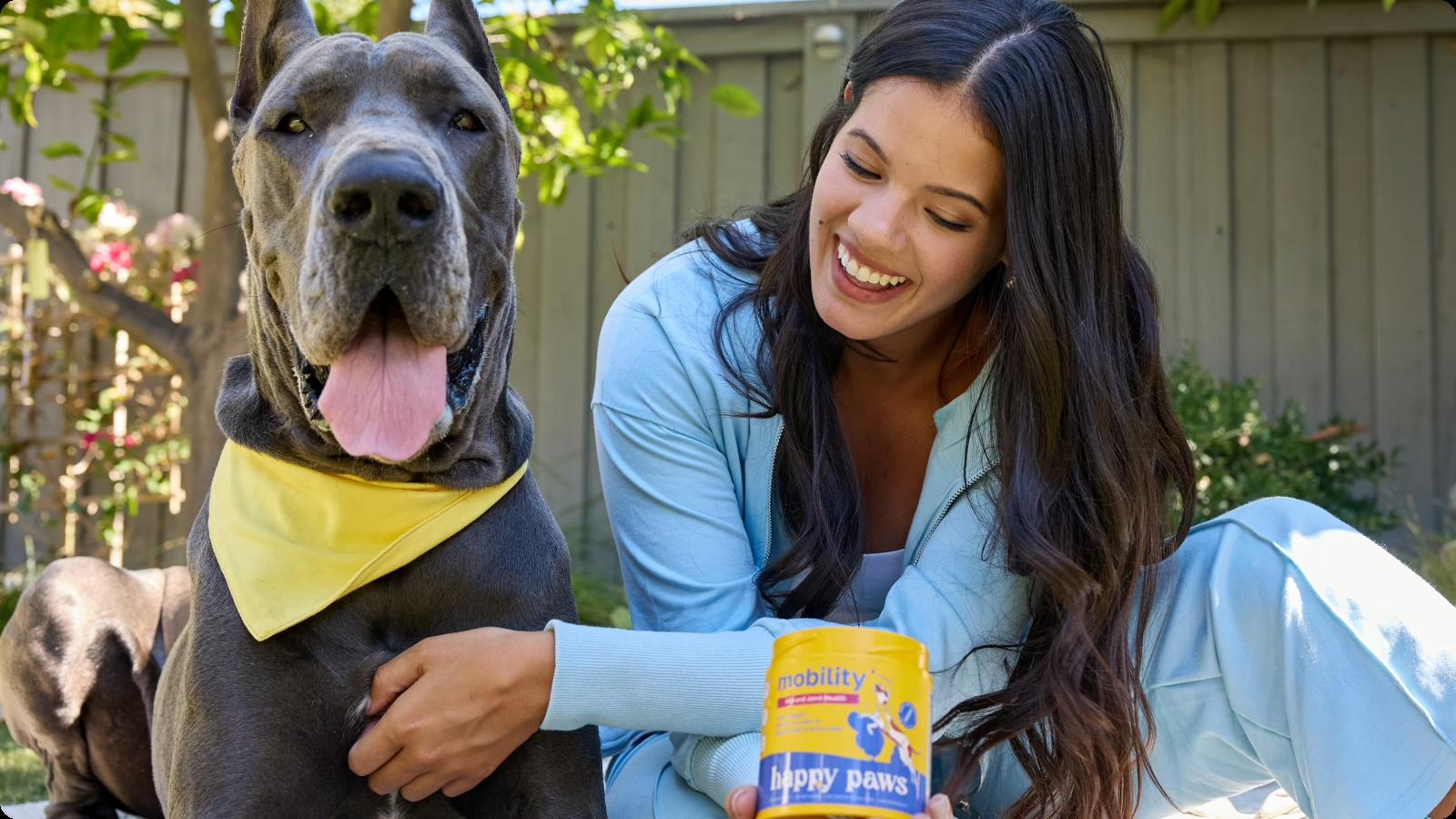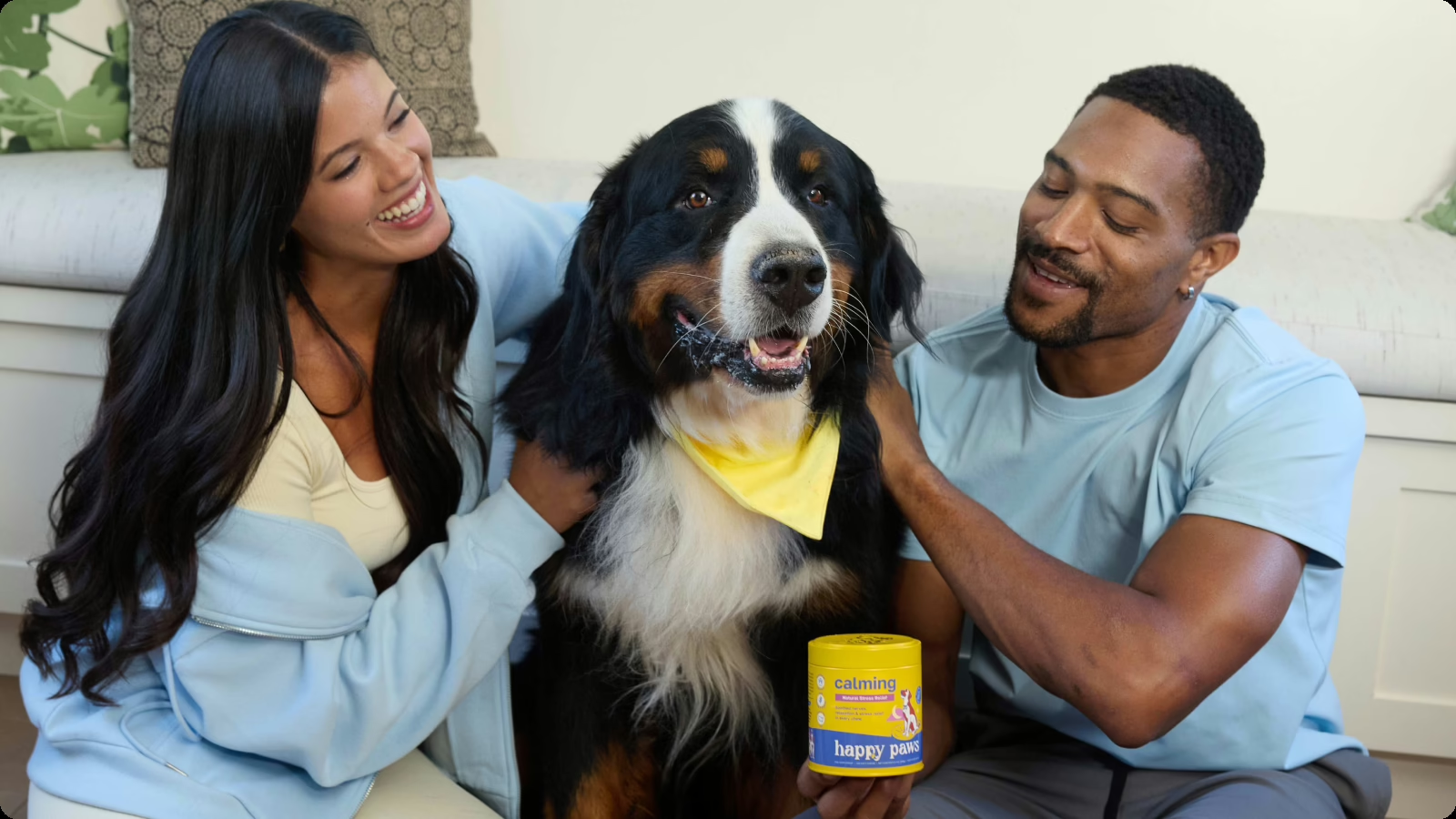As a veterinarian, one of the hardest situations for me is seeing an older dog struggle to get up off the floor because of arthritis. Owners are often blindsided—yes, their pet has been slipping more and having trouble getting up, but it’s still unexpected and heartbreaking when their best friend reaches a critical point.
Often, I see the situation coming. The wince when I touch their hips a year or two earlier, the slow progression of muscle loss in the hind legs, the extra heave to rise from the exam room floor—it’s subtle and gradual. And I often struggle to get owners to care about something that’s so frequently dismissed as a “normal” part of aging. But I don’t see it that way.
I believe we should do everything we can to prevent and treat joint pain, keeping our dogs active and doing what they love. Over the years, I’ve come to believe that prevention is worth a pound of cure when it comes to arthritis. And it was my own sled dogs who truly made me passionate about that belief. Watching my team taught me the importance of joint supplements in my ongoing (and rather personal) war against the enemy—arthritis, the destroyer of cartilage and, too often, the destroyer of the joy of running for older dogs.
They were eleven of the most beautiful sled dogs in the world. Half Siberian, with a mother who was a German Shepherd crossed with an old trapline Alaskan, they entered the world as all sled dogs do—with an innate desire to run. And that’s what they did. Thousands of miles churned beneath their paws every year. My family dedicated years to exploring the world with our crew of eleven littermates. Together, we gave sled dog rides, camped, and sometimes even raced.
Their favorite race was the Apostle Islands Sportsman. They ran the 40-mile class—20-mile heats over two days—for the first time as yearlings. Eventually, they won the race one year and placed second another. But the year came when they were no longer pups—they were 13 years old. One of their number had passed at 12 from stomach cancer, but the remaining ten were still running strong.
That year, I was far away, but my father called to tell me he and my mother planned to let the dogs run the race one last time. I was worried—they were 13, after all—but my father assured me they’d take it easy, and if the dogs weren’t up to it on day two, they’d simply scratch and not race.
The dogs all passed their official race-site vet checks with flying colors, all cleared and eager to run. And because they knew who they were, they didn’t take it easy (of course). They passed other teams on the trail. And day two? I shouldn’t have worried. They trotted out to cover the 20 miles like it wasn’t even there.
Many sled dogs run into their teens, but what was exceptional was seeing ten littermates effortlessly enjoying miles of trail at an age when many dogs would have been retired. I’ve always believed that wasn’t just luck—it was the result of years of care, training, and a commitment to giving every teammate a high-quality daily joint supplement–and starting that supplement early in life BEFORE signs of arthritis developed. I believe that played an essential role in their performance and, more importantly, in their quality of life.
Old age isn’t a disease. We have the power to make healthy choices for our pets. And joint supplements are one of the best tools we have. If I could get just one owner sitting in my exam room to truly feel how much this matters—to commit to protecting their dog’s joints before it’s too late—that would make all the difference. Because I love dogs, not just my own, and I want every dog to live their best, fullest life.
For those of you who would like a little more on the scientific background for the benefits of glucosamine and chondroitin, one of my favorite articles on the subject is from the Journal of the American Veterinary Medical Association. It is titled, “The role of glucosamine and chondroitin sulfate in treatment for and prevention of osteoarthritis in animals,” and you can find it at the following link: The role of glucosamine and chondroitin sulfate in treatment for and prevention of osteoarthritis in animals in: Journal of the American Veterinary Medical Association Volume 226 Issue 7 ()
Sincerely,
Ailena M. Baum, DVM
P. S.
Above is a photo of my father running with the team in 2013 at the Round Barn Rally in Wausau. Photo credit Paul Bader. Nine of the eleven littermates are in this photo. Tuba, a leader I purchased at age eight and owned until his death at seventeen, is the “odd man out” in this photo. They were also featured on the cover of The Sled Dogger.






